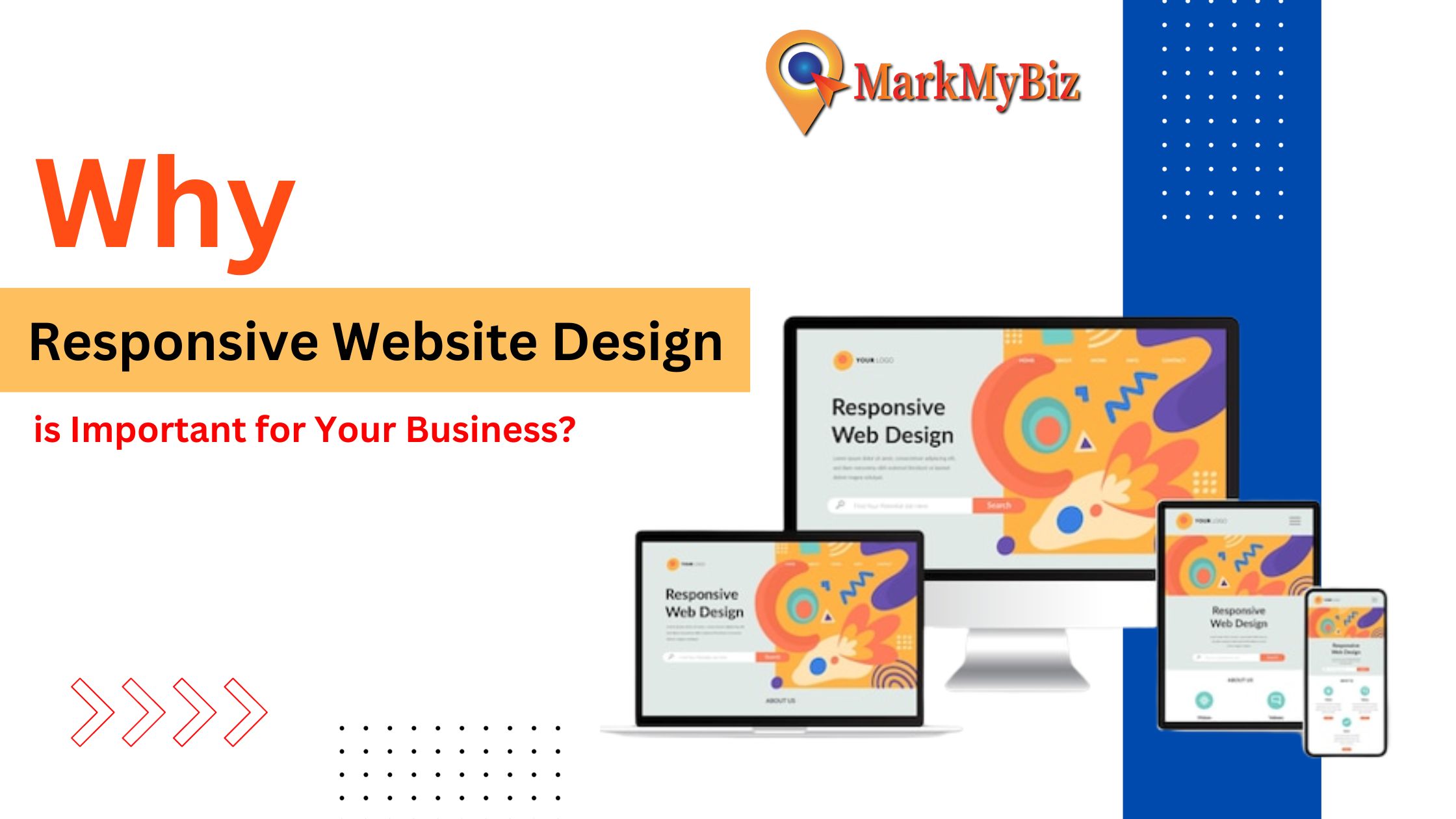Businesses should think about developing mobile friendly website as more customers use their phones to search the internet. One way to improve your Website’s ranking on search engines is to make it mobile-friendly. According to Statcounter research, almost 60% of internet traffic comes from mobile devices, one reason mobile friendly websites are essential.
Your Website will display different versions based on the visitors’ devices if it is mobile-friendly. A mobile friendly website makes adjustments to provide visitors with a better viewing experience because mobile devices have smaller screens than desktop computers.
In addition to a larger screen, desktop viewing offers additional apps and capabilities that mobile devices might not have, such as Adobe Flash and pop-up windows. Mobile-specific functionality, such as click-to-call and navigation, are included on mobile-friendly websites and load quickly.
Here are some recommendations to make sure your Website is responsive to mobile devices.
Develop a Responsive Website Layout
The Website may adjust its size according to the user’s device according to a responsive layout. It can adapt to different screen sizes, displaying relevant content and modifying style. For example, it can switch from a two-column desktop layout to a one-column mobile one. Changing the screen size shouldn’t slow the loading speed if the design is responsive. When creating or updating your site, you can select a mobile-responsive theme.
A responsive website can also help with search engine optimization (SEO) since Google gives mobile-friendly websites a higher ranking in search engine results. When ranking sites, Google’s algorithms use a mobile-rendered version of the page rather than the desktop one.
Mobile-responsive and customizable themes are available from e-commerce website builders like Wix and Squarespace. WordPress can customize a website.
Consider adding the viewport meta tag if your Website has a poor mobile user experience. This tag will ensure the page scales appropriately for various device screen sizes.
Add this code to the head tag to ensure that your Website adjusts appropriately for multiple sizes of screens.
<meta name=”viewport” content=”width=device-width, initial-scale=1.0″>
Optimize Website Loading Speed
Speed makes a big first impression on views. According to a Portent study, a website that loads in one second has a three times higher conversion rate than a website that loads in five seconds.
Check the loading speed of your Website using BrowserStack SpeedLab. Select Get Free Report after entering the URL of your Website. With this tool, you can check the performance of your Website and see how it performs on both desktop and mobile devices. The test must be executed twice, once for desktop and once for mobile.
Hosting the videos on another website and then embedding them on your own is one method for enhancing website performance. By doing this, the weight of these videos—which may slow down your Website—will not be felt by visitors. Vimeo and YouTube are two popular websites for hosting videos.
Compress Website Images
When adding images to your site, remember to compress them to reduce file size and improve download speed. Images that have been compressed require less data to load, which speeds up website performance. Using free applications like tinyimage.org, you may compress images to minimize file size without compromising quality. Use proper image formats like JPEG 2000, JPEG XR, AVIF, and WebP to provide reduced file sizes than JPEGs and PNGs of comparable quality. The use of specific designs can speed up websites.
Lazy loading is an alternative where images only load when required. These pictures are displayed below the Website’s fold, or the part that can be seen without scrolling down. The graphics will load if the user scrolls down.
Use HTML5 instead of Adobe Flash
Adobe Flash is widely used for animation. However, it is not supported by mobile devices. Avoid using Flash on your websites and instead use HTML5.
HTML5 allows you to perform a variety of online tasks without the use of browser plugins. HTML5, supported by mobile devices, will enable you to embed videos and audio and create animations.
Avoid Pop-Ups
Pop-ups work well on desktop websites but not on mobile devices.
Pop-ups are challenging to see on smaller displays, and you can’t trigger them at certain moments, such as when a person quits your site or visits the Contact Us section. It may also be difficult for consumers to close pop-ups from a mobile device because the X in the corner may be hidden.
Also Read:- 11 Website Development Trends to Expect in Upcoming Years
Change Button Size and Placement
A mobile website can be challenging if a button needs to be more significant or in the right place. Because most mobile device users navigate with thumbs, controls should be large enough to be hit with a thumb.
Users should also be able to press any button on your Website with their thumb while scrolling, meaning controls should be near the bottom of the page.
Use a Large and Readable Font
The suggested font size of at least 14 pixels for a desktop may need to be increased to be readable on a smaller screen. Testing it on a mobile device is the best approach to see if it’s readable.
Please avoid experimenting with new typefaces, such as script-style fonts, on mobile devices because they may be challenging to read—experiment with bolding different lines of text while remaining consistent with the font style. Instead of using many colors for text, use black. Viewing their device outside allows them to see when the background is different in color or if there are reflections, such as sun glare.
Space Out Links:
Think about how challenging it might be to click a link accurately with your thumb instead of a mouse—space out your links to assist readers in finding the one they desire.
Minimize the number of links to avoid a sea of blue, and minimize the number of redirections that transfer customers to another site for a better mobile user experience. If you have a link that directs viewers to another area, inform them that they are leaving your site by saying something like, “Click here to see Company XYZ’s new website.”
Also Read:- How to Build an SEO Friendly Website Design– Complete Guide
Declutter Website Design
Make sure to overcrowd a website by placing many calls to action on the same page. With fewer options for users to complete, navigating on a smaller screen might be challenging and confusing. Only employ the essential functions people seek, such as the contact form.
Make sure the design is simple so that the navigation is simple. Use white space to let consumers see everything at a glance while keeping content structured. Remove any outdated content to avoid taking up unnecessary space or confusing users.
Avoid long lists of options and features on menus. A menu with all available navigation options may appear simple, but it consumes a lot of screen space, especially on smaller screens. Instead, use a hamburger menu, a button that opens a more extensive menu. It will free up space and reduce clutter.
Test the Website on Mobile Services Regularly
There are several techniques to test to ensure that your Website is mobile-friendly. First, test websites for user experience on mobile devices. Make sure to run tests on both Android and iOS devices.
You can also run the Website through Google’s free Mobile-Friendly Test. You can put each page to the test.
Remember to test often, especially after any website updates.








